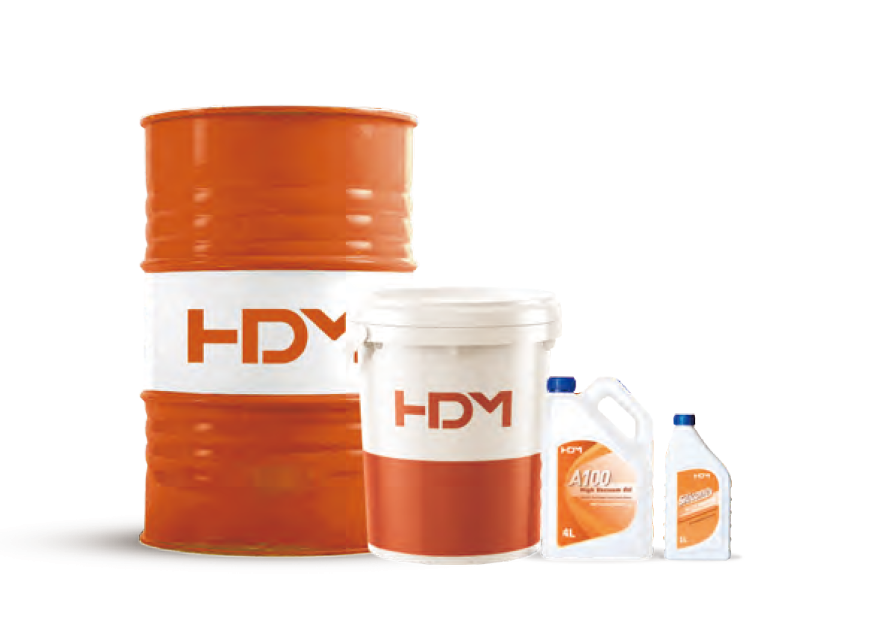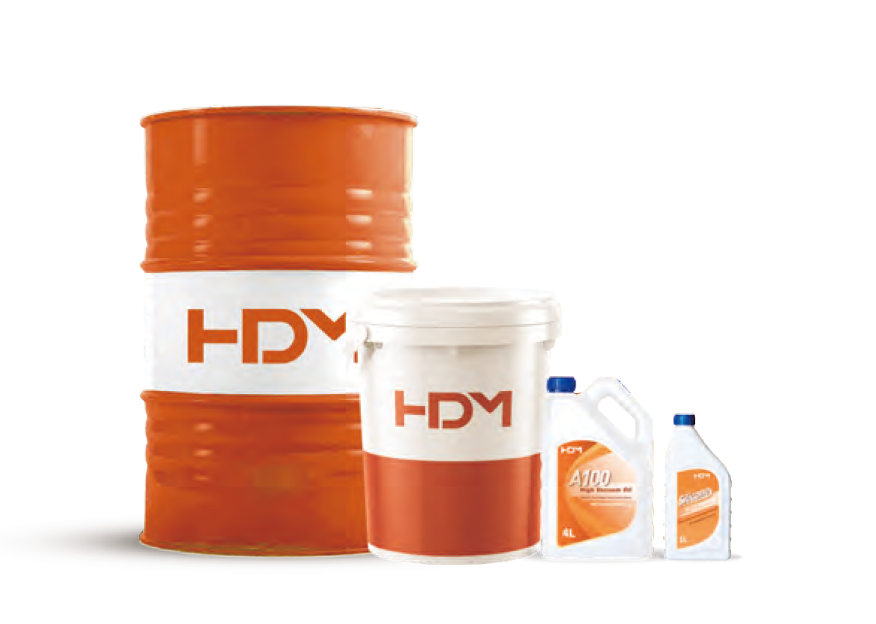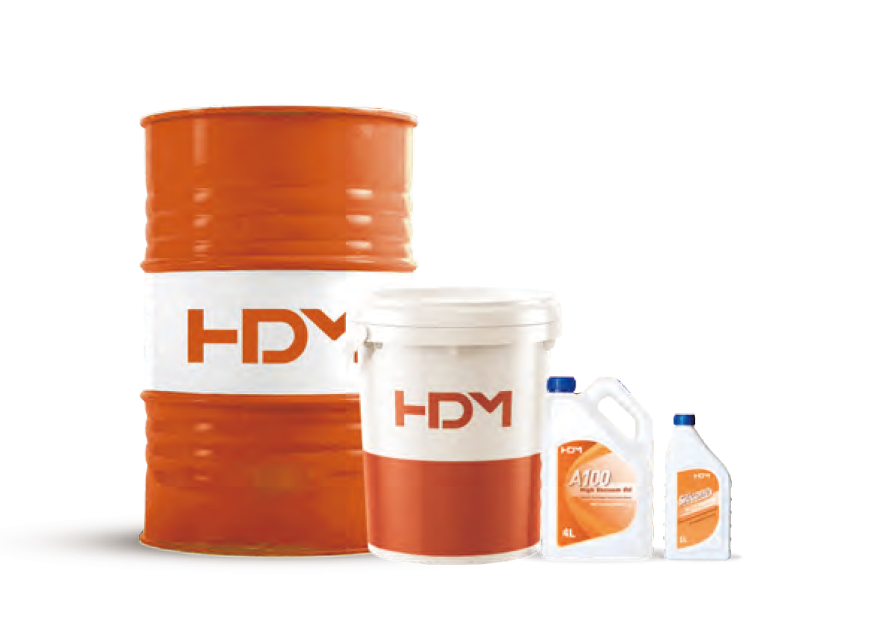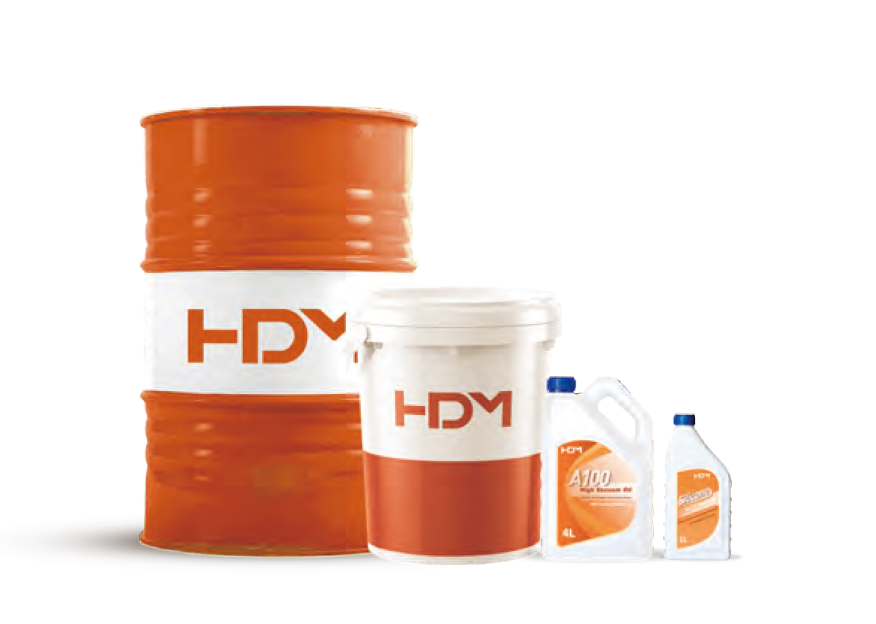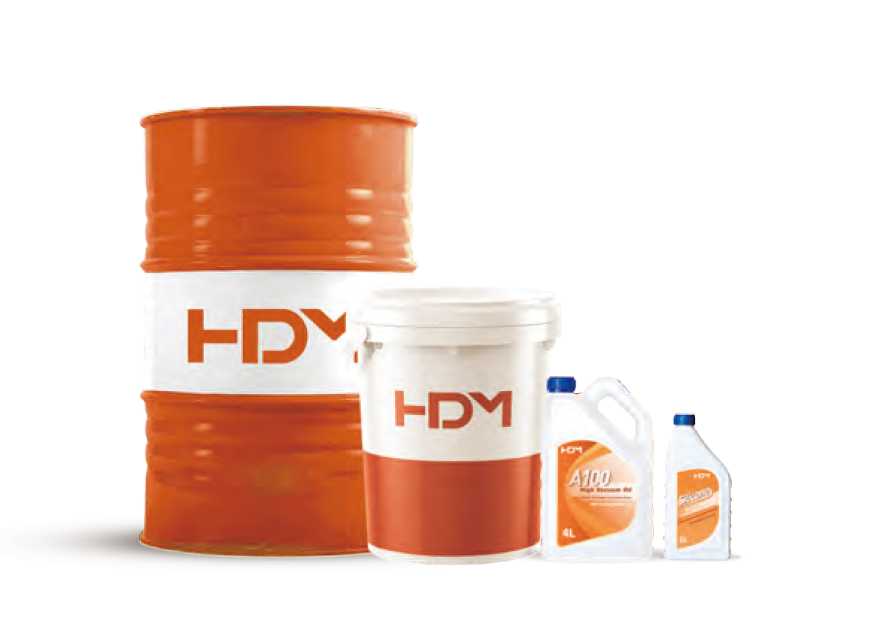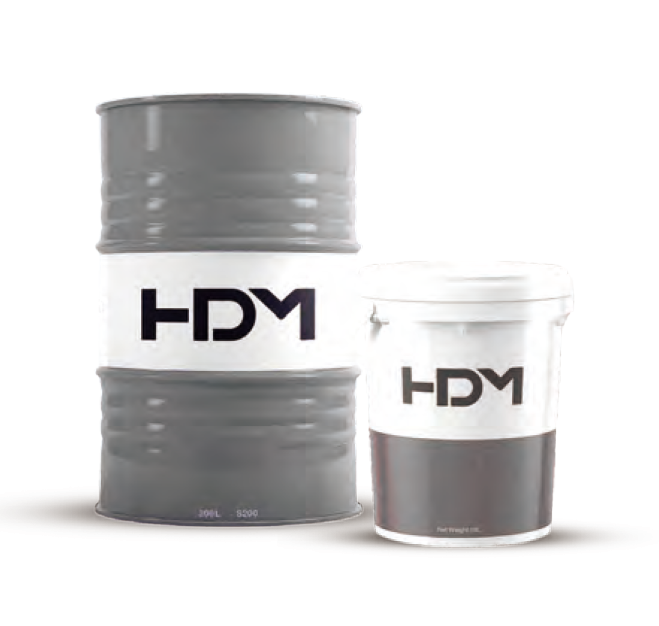In some cases, lubricants become electrostatically charged. This results in high emissions that can damage parts and increase the buildup of sludge. By conducting conductivity measurements on lubricants, you can avoid machine damage and oil deterioration.
Conductivity is a measure of a substance's ability to charge electrostatically. Usually expressed in pS/m (picosiemens/meter). Lubricants are usually only slightly conductive. However, under certain conditions, oil can conduct electricity. The electrical conductivity of a lubricating oil depends on several aspects:
- Crude oil
- Additives
- Temperature
- Contaminants in the lubricant caused by wear metals, oxidation, water, etc.
Using premium products vs low cost products
The less refined, the more polar and more conductive the lubricant. It can vary from less than 10pS/m to over 2000 pS/m. However, additive technology and oil contamination have a greater impact on the conductivity of the oil.
How Additives Affect the Conductivity of Lubricants
Additives have a major influence on the electrical conductivity of oils and lubricants. In general, the higher the level of metal organic additives, the higher the conductivity of the lubricant. Metal-organic additives such as zinc dithiophosphate (ZnDTP) increase electrical conductivity.
How Temperature Affects Lubricant Conductivity
The temperature of a lubricant affects its conductivity: the higher the temperature, the higher the conductivity. However, there is no linear relationship between temperature and conductivity. The relationship between these two parameters varies from lubricant to lubricant.
Occurrence of static charge in oil
Oil circulation systems are susceptible to static charges due to friction caused by oil flowing along system surfaces. The strength of the electrostatic charge depends on the conductivity of the lubricant and the flow rate of the oil volume. The lower the conductivity and the higher the flow rate, the greater the risk of electrostatic charging.
The risk of electrostatic charging increases when the oil is formulated with Group II or III base stocks, contains no polarizing additives, flows through narrow pipes, or contains a high percentage of air bubbles. Other factors that stimulate electrostatic charging include high flow rates, ungrounded pipes and hoses, low oil levels, and friction caused by oil running through poorly designed filter elements.
How Discharge Happens and Causes Damage
Electrostatic discharge (ESD) occurs when the charge in the oil circulation system builds up and eventually becomes too large. The result is microsparks (sparks), and you'll often hear crackling near the filter or in the tank. If the charge is really high, the discharge will be repeated several times. Areas with different material combinations have a higher chance of microsparking. Sparks cause temperatures of 1.000°C, creating a potential explosion risk in the case of flammable liquids. In most cases, the spark will occur in the circulation system of turbine oil or hydraulic oil. Here they extinguish quickly, eliminating the greatest risk. However, these micro-sparks can burn holes in engine components and reduce oil quality.
Electrostatic Discharge in Turbine Oil and Hydraulic Fluid
In recent years we have seen an increase in the incidence of electrostatic discharge in turbine oil and hydraulic fluid systems. The following developments are responsible:
- Reduced electrical conductivity of lubricating oils: There is a trend to replace Group I base oils with Group II and III base oils. These oils are much less conductive.
- Compact system design: The smaller the tank capacity, the larger the displacement.
- Higher Filtration Rates: Modern systems require high filtration rates, increasing the possibility of electrostatic charging.
Preventing Damage: Measuring Conductivity
Oil conductivity can be measured according to ASTM-D2624. Basically, it is used to analyze aircraft kerosene, avoiding static charges in the fuel. If the conductivity is greater than 400pS/m at 20°C, there is very little risk of damage to the system from electrostatic charging and discharging. If the electrical conductivity of the oil is lower, the chance of micro-sparking increases significantly.
To prevent electrostatic discharge, you can:
- Ground the entire system.
- Fits a Stat-free® filter that discharges the charge or prevents it entirely
- Use oils with different formulations and higher conductivity.
- Optimized flow path and tank volume.
- Change the material combination in the system.



